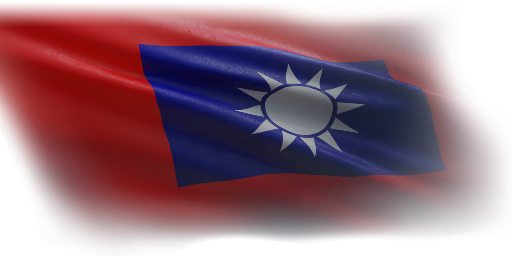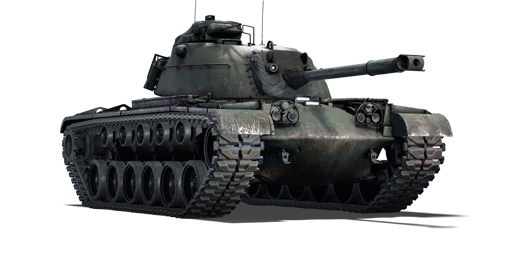




The M48A1, officially known as the M48A1戰車 and M48A3戰車* after an engine upgrade, formed the backbone of the ROCA armoured corps from the 1970s until the 1990s. As the PLAGF and the PLANMC had acquired Type 59s for their armoured brigades/divisions, ROCA realised that their existing fleet of US-built light tanks would be hopelessly outmatched against them. This situation was further complicated by the end of free military aid provided by the Mutual Aid Program.
By 1973, ROCA began purchasing M48A1s from US Army stocks under Project Fire Bull (火牛專案) and acquired a total of 309 tanks in four separate batches by 1980. The signing of Sino-US treaties regarding military sales to the Nationalist Government meant that these tanks remained the ROCA's main force until later purchases of M60A3TTS tanks from the US. Most M48A1s were subsequently upgraded with new diesel engines, spare parts for which were purchased from the USA. One tank was experimentally fitted with a 105 mm M68 gun under the designation Wancheng IV (萬乘四號) or M48A5. By the 1990s, most of these tanks were decommissioned with the arrival of the M60A3TTS and domestically rebuilt CM11 (M48H; based on the M60A3TTS chassis and M48A5 turret). However, 100 M48A1s were modified by incorporating FCS components from CM11s and refitted with M68A1 guns, becoming the CM12. Due to a shortage of spare parts for the M48 series, all CM12 tanks remain in reserve until the arrival of the M1A2T in the mid-2020s.
Introduced in Update 1.91 "Night Vision" alongside the initial Chinese ground tree, the M48A1 performs identically to its US and Israeli counterparts. It boasts a large profile while armed with a 90 mm cannon. Despite its considerable size hindering combat efficiency, skilled players can utilise the M48A1 effectively in a support role even at higher tiers, and it has no trouble handling WWII-era tanks.
| Ammunition | Type | Armor penetration (mm) at a distance: | |||||
|---|---|---|---|---|---|---|---|
| 10 m | 100 m | 500 m | 1000 m | 1500 m | 2000 m | ||
| APCR | 321 | 316 | 292 | 265 | 240 | 218 | |
| APCBC | 185 | 183 | 173 | 161 | 150 | 140 | |
| HEATFS | 320 | 320 | 320 | 320 | 320 | 320 | |
| HESH | 102 | 102 | 102 | 102 | 102 | 102 | |
| HE | 20 | 20 | 18 | 17 | 16 | 16 | |
| Smoke | 5 | 5 | 5 | 5 | 5 | 5 | |
| Belt | Belt filling | Armor penetration (mm) at a distance: | |||||
|---|---|---|---|---|---|---|---|
| 10 m | 100 m | 500 m | 1000 m | 1500 m | 2000 m | ||
| API-T/I/AP/API-T | 31 | 29 | 21 | 14 | 9 | 6 | |
| Belt | Belt filling | Armor penetration (mm) at a distance: | |||||
|---|---|---|---|---|---|---|---|
| 10 m | 100 m | 500 m | 1000 m | 1500 m | 2000 m | ||
| AP/T | 13 | 12 | 7 | 3 | 2 | 0 | |












Mobility | |
|---|---|
Protection |
|---|
Firepower | ||
|---|---|---|